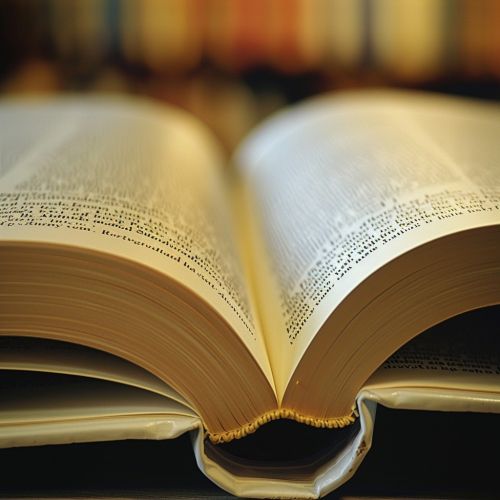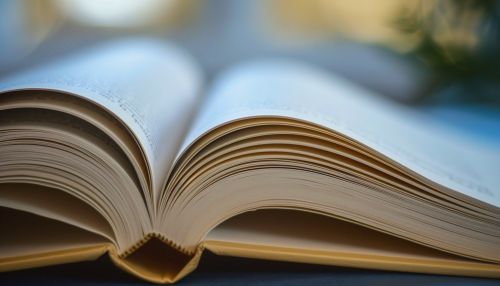Plot (narrative)
Overview
A plot is a sequence of events that make up a story in a narrative. It is the structure of the story, comprising significant events in a specific order, with a cause and effect relationship. The plot is a critical component of narrative, shaping the story and determining the sequence of events.


Elements of Plot
A plot typically consists of five main elements: exposition, rising action, climax, falling action, and resolution. These elements are the building blocks of a story, each contributing to the development of the narrative.
Exposition
The exposition is the introduction of the story, where the characters, setting, and basic situation are revealed. This is the stage where the reader gets acquainted with the story's world and its inhabitants.
Rising Action
The rising action comprises events that create suspense, interest, and tension in a narrative. It includes conflicts or dilemmas that lead to the climax, driving the story forward.
Climax
The climax is the turning point of the story, where the main character faces a conflict that will determine the outcome of the narrative. It is the most intense, exciting, or important point of the story.
Falling Action
The falling action follows the climax and leads to the resolution. It is the process of unraveling the main conflict, winding down the story.
Resolution
The resolution is the conclusion of the story, where the main problem is resolved. It is the point where the story's loose ends are tied up and the narrative is brought to a close.
Types of Plot
There are several types of plots that are commonly used in narratives. These include linear, non-linear, and circular plots.
Linear Plot
A linear plot follows a straight-line progression. It starts at the beginning, moves through the middle, and ends at the end. This is the most traditional form of storytelling.
Non-linear Plot
A non-linear plot disrupts the linear progression of time. It might start in the middle or at the end, and then jump back to the beginning, or it might jump around in time.
Circular Plot
A circular plot ends where it begins, creating a circle of events. The story might start and end in the same place, with the same situation or mood.
Plot Development Techniques
There are various techniques that writers use to develop their plots. These include foreshadowing, flashbacks, and plot twists.
Foreshadowing
Foreshadowing is a technique where the author gives hints or warnings about future events in the story. It is used to build suspense and anticipation.
Flashbacks
Flashbacks are scenes that interrupt the chronological sequence of events to reveal past information. They provide background and context to the current events of the story.
Plot Twists
A plot twist is a sudden, unexpected change in the direction of the plot. It is designed to surprise the reader and keep them engaged in the story.
Importance of Plot in Narrative
The plot is a fundamental element of narrative. It provides the framework for the story, guiding the sequence of events. The plot gives structure to the narrative, ensuring that the story has a clear beginning, middle, and end. It also creates tension and conflict, driving the story forward and engaging the reader.
